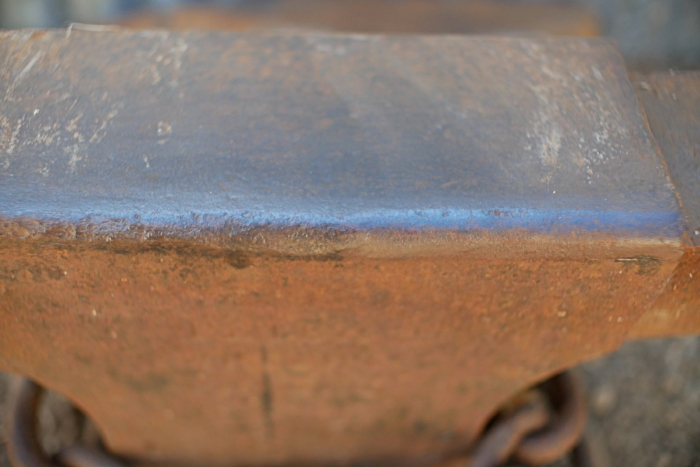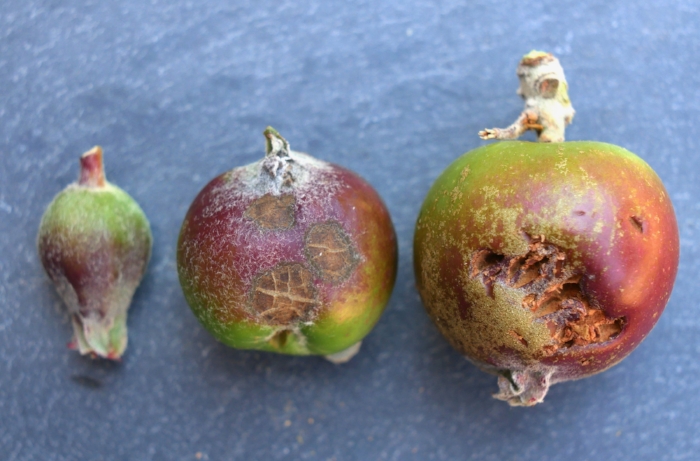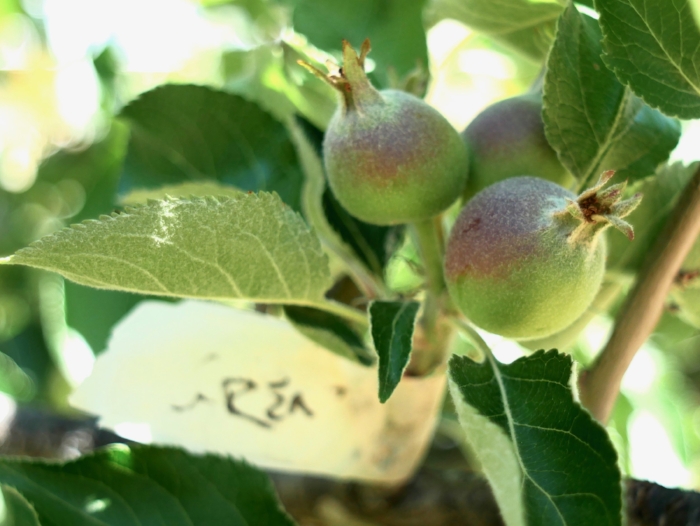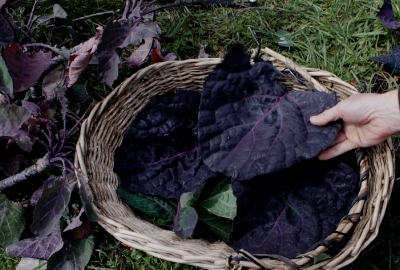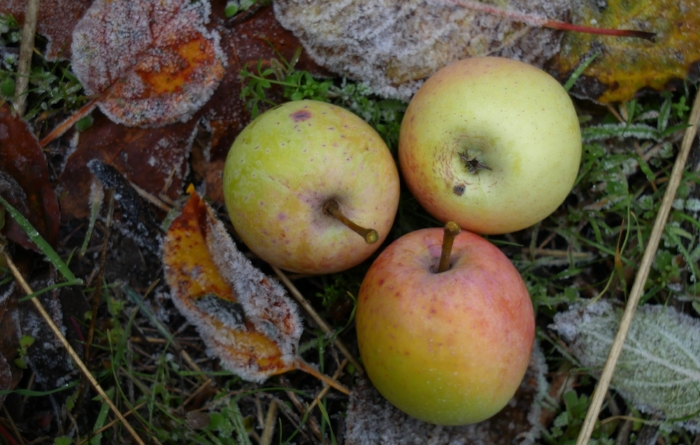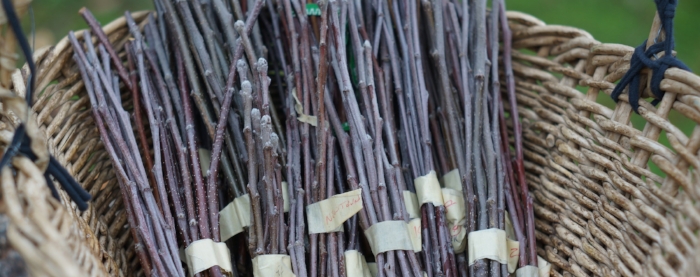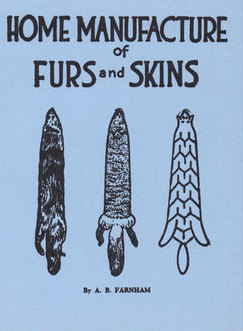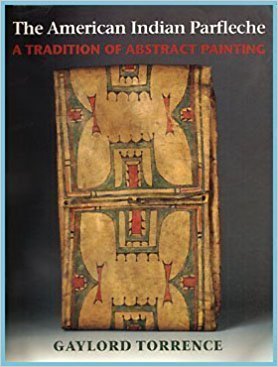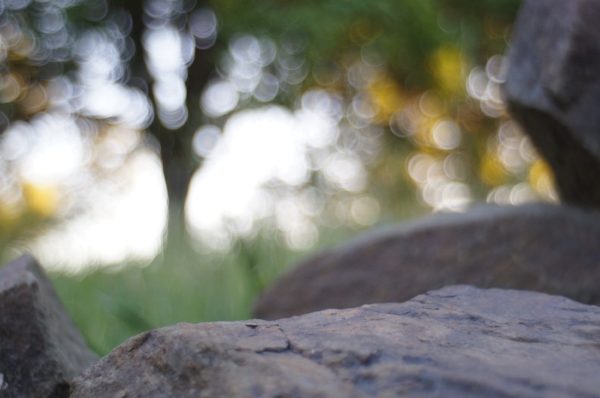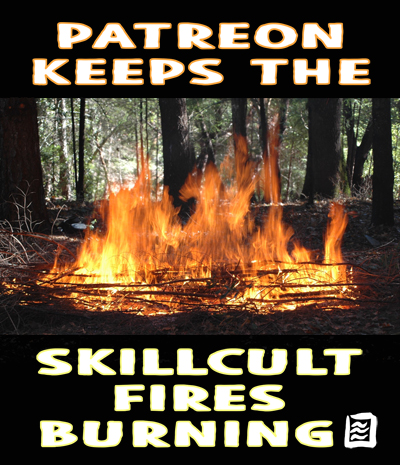Damage to anvil edges is fairly ubiquitous in old used specimens. Often the edges are quite rounded and occasionally to an extreme. Rounding from 1/8 to 3/8 is very common. this happens from hammer blows and I suspect also frequently from doing cold work, where the work piece is hard, whereas a hot piece of iron is quite soft. It is possible to build the edges back up with welding rod, but the anvil face, at least close to the line where it is welded, will be softened to an extent. An anvil face is hard for very good reason. While primitive smiths work on anything from rocks to soft iron, the anvil has progressed from that state to a well designed high performance tool. Good anvil makers went to great pains produce durable hard faced anvils that would withstand decades of hard use.
There is a difference between hardness and toughness. To find the two embodied to a high degree in any one material is a rarity. Most hard materials are also brittle to some extent. Tool steel is not bad at achieving both at once, but it still becomes more brittle the harder it is. Given this limitation in material performance, brittleness is the natural cost of having an anvil face that can withstand hard use. A good anvil will resist denting when doing cold work to some extent and will not easily be damaged by other tools, certainly not hammers, which are about the only other tools that should hit an anvil face regularly if reasonable care is exercised. This hardness insures that the work surface remains flat and smooth. It also gives the anvil bounce. Being someone who continually bounces their hammer off the anvil between blows, I have a great appreciation for anvil bounce.
It may seem tempting to restore the anvil to it's original new condition, but a good argument can be made that the original square edges were more of a detriment than an advantage. A very square edge is both more fragile and can lead to deeper damage by chipping, and it can nick up your work and damage inside corners in bending.
If the damaged edges are rounded off, they will be more useful. They are also less likely to be chip away even further.
My friend once imported a beautiful European anvil. The face was milled perfectly and the edges were very square. I tried using it and it was leaving nicks all over everything I did. At the very least, a slight rounding of edges will help prevent this problem. Having used anvils now for significant time with very rounded edges of at least 3/8 inch radius, if not more, I find myself inclined to think that a significant pre-rounding of anvil edges is probably preferable and that working on an anvil with fairly large radii is rarely a problem. If a sharper edge is needed, the tail of the anvil, or the portion of the long edges near the hardy hole, can be left more acute. Vice jaws or any various pieces of metal that are usually lying about a smithy, or can be kept on hand for bending small radii, or modified specifically for that use.
An anvil is used hard enough to cause real damage mostly in the zone just down from the horn a little. This is often where you see the greatest amount of chipping. Edge damage usually stops or is minimal near the hardy hole and down to the tail. A factor that may not be understood by many people is that the sharp delicate edge is not only vulnerable to crumbling itself from a hammer blow, but it also creates an initiation point and geometrical weakness that can lead to deeper chips. In other words, if I smack a rounded edge, it is less likely to take a deep chip than If I strike near a squared edge.
But, how much should the edge be rounded. My suspicion is that the best compromise would be to have continually diminishing radius put onto a new anvil edge varying from about 1/4 or 3/8 inch near the horn, down to 1/16 inch at the tail. This would offer a wide range of radii for bending different curves into workpieces and it would protect the most vulnerable part of the anvil. Youtuber and viewer Broadus Thompson says this is exactly what the best smiths he knows do. Makes sense to me. Would I do exactly that on a brand new expensive anvil? Probably, but I'm not ready to recommend it unequivocally.
When shopping for an anvil, do look at edge damage. if it's light enough that you can grind it out to a 3/8 inch smooth radius or less, I would say don't worry about it. If it's more than that, or the flat surface of the face is significantly narrowed because of encroaching chippage, then bargain hard, but don't necessarily write it off. Primitive smiths have and do use all sorts of substandard surfaces for forging, from rocks to mushroomed and dished pieces of metal of various descriptions, but a good quality anvil should have a quite hard face that is not easily damaged. Any anvil face will have some dings and marks, but a good hard anvil face will be pretty smooth. if the anvil is cheap, or de-tempered by heating, say in a barn fire, you may see mushrooming, and deep dings and cuts. Look also for cracks extending down the edge of the face or across it and to see if there is any separation between the top steel plate and the main body. Hammers struck lightly on the anvil should bounce back and then skitter to a stop, not thud deadly against it and stop.
As to repairing anvil edges, I don't know at what point I would be willing to go there on a quality anvil. these anvils were carefully crafted and tempered, a process I can't imagine is easy. Once heated, that anvil face will not be the same again. If you overheat only the interface between the new metal left by the welding rod and the anvil edge, maybe it will not prove to be a problem. But the edge would have to have a whole lot of damage before I would be willing to go there, and that damage would have to actually be significantly affect my workflow. I've never got a chance to examine an anvil that has been repaired by welding up the edges, and then seen hard long use, so I have no idea how it would hold up. My advice to anyone is the same. Use the anvil. Get to work and don't fix it unless it shows itself to be a significant problem. Even then, think hard about it. If you have an anvil with an intact horn, with hardy and pritchel holes, and the anvil face is as wide as a sledge hammer face and still hard and smooth, you are completely stoked compared to most of the smiths throughout history and prehistory that ever pounded on a hot piece of iron, and could consider yourself lucky.
In some cases, the anvil face starts becoming quite narrow and I might start thinking about repair, but even then, I'd think hard about it.
I will leave you with the quote from Practical Blacksmithing, 1889, that put me off the idea of trying to repair the edges on my anvil.



